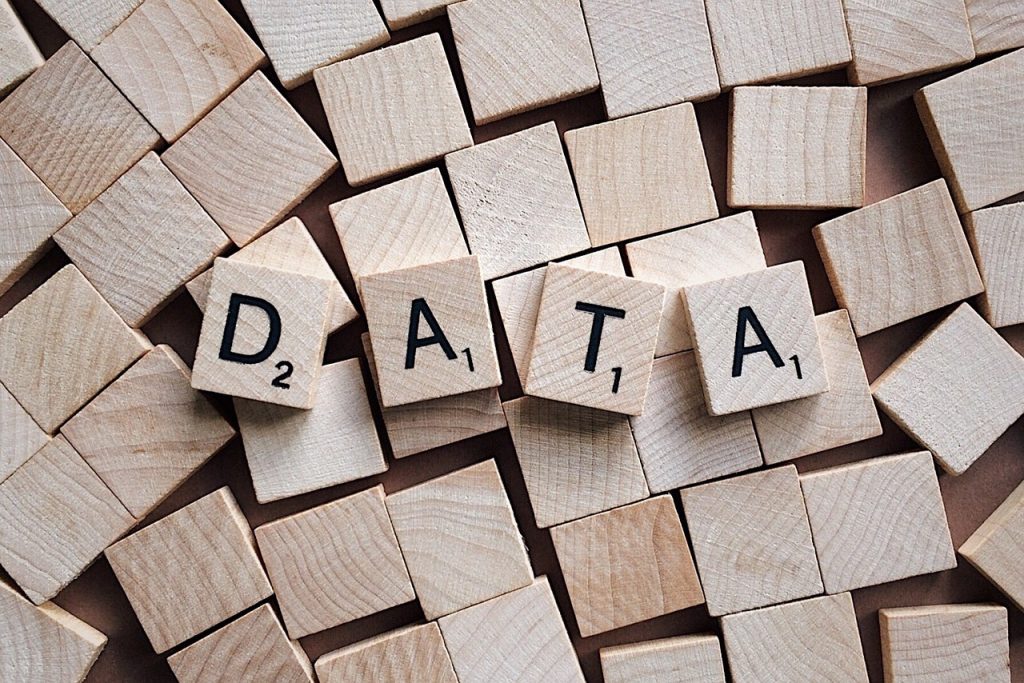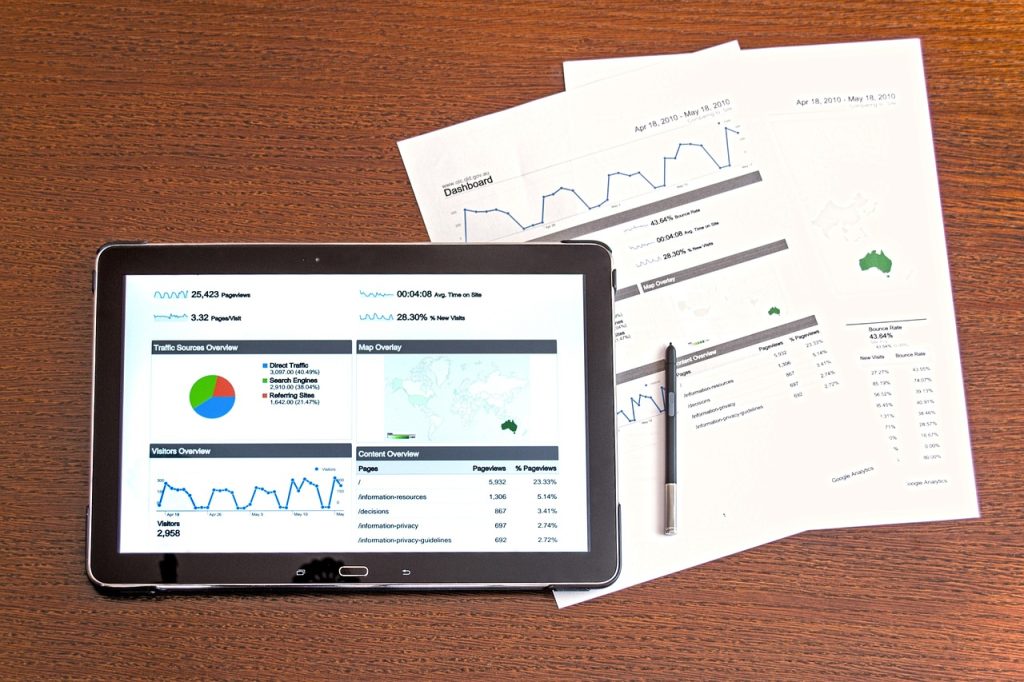Table of Contents
In the era of big data, digital privacy has become a critical concern as vast amounts of personal information are collected, analyzed, and shared across various platforms. The integration of big data technologies into everyday life has revolutionized industries and created numerous opportunities for innovation, but it has also introduced significant challenges related to the protection of personal information. This article explores the complexities of digital privacy in the context of big data, including the implications, challenges, and potential solutions.

The Rise of Big Data
Big data refers to the massive volumes of structured and unstructured data generated from a variety of sources, including social media, e-commerce platforms, IoT devices, and mobile applications. The ability to collect, store, and analyze these vast datasets has transformed how businesses and organizations operate, offering valuable insights into consumer behavior, market trends, and operational efficiencies.
The benefits of big data are undeniable. Companies leverage data to enhance customer experiences, optimize operations, and drive innovation. For instance, retailers use data analytics to personalize marketing strategies and predict inventory needs, while healthcare providers analyze patient data to improve treatment outcomes and advance research. However, the collection and analysis of such extensive data raise concerns about how personal information is handled and protected.
Privacy Concerns in the Age of Big Data
- Data Collection and Surveillance: The omnipresence of data collection mechanisms, such as tracking cookies, mobile apps, and smart devices, has led to concerns about constant surveillance. Consumers often unknowingly share personal information, which can be aggregated and analyzed to build detailed profiles. This extensive surveillance raises questions about consent, transparency, and the extent to which individuals are aware of how their data is being used.
- Data Breaches and Cybersecurity Threats: The centralization of large datasets makes them attractive targets for cybercriminals. Data breaches, where sensitive information is accessed or stolen by unauthorized parties, pose significant risks to individuals and organizations. High-profile breaches have exposed personal data, including social security numbers, financial information, and medical records, leading to identity theft and financial loss.
- Data Sharing and Third-Party Access: Big data often involves sharing information across multiple entities, including business partners, advertisers, and data brokers. This can lead to a loss of control over personal data, as individuals may not be aware of who has access to their information or how it is being used. The complexity of data sharing agreements and third-party access can further obscure accountability and responsibility.
- Profiling and Discrimination: The analysis of big data can lead to the creation of detailed consumer profiles, which may be used for targeted advertising or decision-making. While profiling can enhance personalization, it can also lead to discriminatory practices. For example, algorithms used in hiring, lending, or law enforcement may inadvertently reinforce biases or exclude certain groups, raising ethical and legal concerns.
- Lack of Transparency and Control: Many individuals lack visibility into how their data is collected, processed, and used. Privacy policies and terms of service are often lengthy and complex, making it difficult for users to understand their rights and the extent of data processing. This lack of transparency can erode trust and limit individuals’ ability to exercise control over their personal information.
Legal and Regulatory Frameworks
Governments and regulatory bodies have recognized the need to address digital privacy concerns and have implemented various laws and regulations to protect personal data. Some key frameworks include:
- General Data Protection Regulation (GDPR): The GDPR, enacted by the European Union in 2018, is one of the most comprehensive data protection regulations. It grants individuals greater control over their personal data and requires organizations to obtain explicit consent for data processing. The GDPR also mandates data breach notifications, imposes fines for non-compliance, and establishes the right to access, correct, and delete personal information.
- California Consumer Privacy Act (CCPA): The CCPA, effective from 2020, provides California residents with rights similar to those under the GDPR. It allows individuals to know what personal data is being collected, request its deletion, and opt out of the sale of their information. The CCPA also mandates transparency regarding data collection practices and enhances consumer rights in the digital marketplace.
- Health Insurance Portability and Accountability Act (HIPAA): HIPAA regulates the use and disclosure of protected health information (PHI) in the United States. It sets standards for safeguarding medical data and ensures that healthcare providers, insurers, and other entities handling PHI maintain privacy and security. HIPAA also grants patients rights to access and control their health information.
- Children’s Online Privacy Protection Act (COPPA): COPPA aims to protect the privacy of children under 13 by regulating the collection of personal information from minors. It requires websites and online services directed at children to obtain parental consent before collecting data and provides parents with the ability to review and delete their children’s information.

Solutions and Best Practices
- Data Minimization: Organizations should adopt data minimization practices, collecting only the data necessary for specific purposes and avoiding the accumulation of excessive or irrelevant information. This reduces the risk of privacy breaches and aligns with regulatory requirements.
- Enhanced Security Measures: Implementing robust cybersecurity measures, such as encryption, access controls, and regular security audits, can help protect sensitive data from unauthorized access and breaches. Organizations should also educate employees about cybersecurity best practices and potential threats.
- Transparency and User Consent: Organizations should prioritize transparency by providing clear and concise privacy policies that outline data collection practices, purposes, and third-party sharing. Obtaining explicit consent from users and offering options to manage their data preferences can enhance trust and compliance.
- Data Anonymization: Anonymizing personal data can help mitigate privacy risks by removing identifiable information from datasets. Techniques such as data aggregation and de-identification reduce the likelihood of re-identification and protect individual privacy.
- Regular Audits and Compliance: Conducting regular audits of data handling practices and ensuring compliance with relevant regulations can help organizations identify potential vulnerabilities and address privacy concerns proactively. Staying informed about evolving regulations and industry standards is crucial for maintaining privacy and protecting personal data.
- Empowering Users: Empowering users with tools and resources to manage their privacy preferences is essential. Providing user-friendly interfaces for data access, correction, and deletion, as well as offering clear explanations of data processing practices, can enhance user control and engagement.
Future Prospects
- Emerging Privacy Technologies: Advances in privacy-enhancing technologies, such as blockchain and homomorphic encryption, offer promising solutions for protecting personal data. Blockchain’s decentralized nature can enhance transparency and security, while homomorphic encryption allows data to be processed without revealing its contents.
- Evolving Regulatory Landscape: As data privacy concerns continue to grow, regulatory frameworks are likely to evolve and expand. Organizations must stay abreast of new regulations and adapt their practices to ensure ongoing compliance and protect user privacy.
- Ethical Considerations: The ethical implications of big data and privacy will remain a key focus. Organizations and policymakers will need to address issues related to fairness, bias, and the responsible use of data to ensure that technological advancements align with ethical principles and respect individual rights.
- Global Privacy Standards: The establishment of global privacy standards and frameworks may help harmonize regulations and facilitate cross-border data flows while maintaining privacy protections. International collaboration and standardization efforts will be crucial for addressing privacy challenges in a globalized digital economy.

Conclusion
Digital privacy in the era of big data presents complex challenges and opportunities. As the volume and scope of data collection continue to expand, protecting personal information and ensuring transparency and control become increasingly important. Legal and regulatory frameworks provide a foundation for privacy protection, but organizations must also adopt best practices, invest in security measures, and empower users to manage their privacy. By addressing privacy concerns proactively and embracing emerging technologies and ethical considerations, we can navigate the evolving landscape of big data while safeguarding individual rights and fostering trust in the digital age.